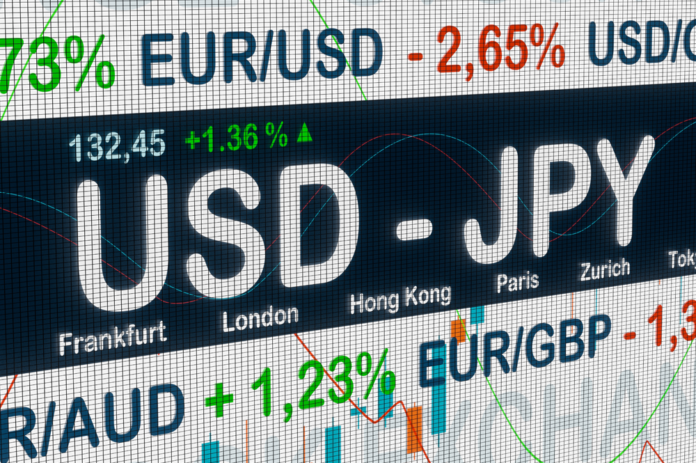For those following currency market trends, the U.S. dollar lost ground on Monday ahead of the Federal Reserve’s latest meeting, while the yen soared on speculation that Japanese authorities have intervened to support the currency.
PCE data points to an untimely rate cut
Despite gaining about 1% this month, the dollar lost ground in early European trading on Monday, as currency traders largely dismissed the likelihood of an imminent Fed rate cut.
On Friday, data on the PCE price index, the Fed’s inflation gauge of choice, came out with better-than-expected March results, indicating that rate cuts could come much later than thought in early 2024.
This week, the focus will be on the Fed meeting concluding on Wednesday. All indications suggest that the bank will leave rates unchanged and may adopt a hawkish stance, as inflation has persisted in the country recently.
The Fed meeting will be held ahead of Friday’s monthly jobs report, which will give an outlook on the strength of the U.S. labor market.
Economists expect the economy to have created about 243,000 jobs in April, a moderation from March’s 303,000, with the unemployment rate expected to remain unchanged at 3.8%.
Possibility of intervention to support the yen?
The most significant movements in the currency market this Monday occurred in Asia, where the USD/JPY pair fell about 1.8% to 155.56 after previously reaching 160.25.
The aggressiveness of the moves has led many investors to look for intervention by the Japanese government, although Masato Kanda, who is Japan’s top foreign exchange diplomat, did not make a statement when questioned about whether the authorities had intervened in the currency market.
Currency markets remain on edge this week on the possibility of any sign of action by Tokyo to shore up a currency that has lost value and hit a 34-year low against the dollar despite the Bank of Japan abandoning negative interest rates in March.
Euro rallies after German inflation data
In Europe, the EUR/USD rallied nearly 0.3% to 1.0722, benefiting from the dollar’s weakness, as market participants continue to digest the continent’s inflation data.
In April, Spain’s consumer prices rose by 3.3% year-on-year and 0.7% monthly, figures that were slightly below forecasts.
In Germany, several states, including North Rhine-Westphalia—the most populous—released their April consumer price data, which was slightly above the European Central Bank’s medium-term inflation target of 2.0%.
The ECB will cut interest rates in June, but the longer-term outlook remains clouded by rising energy prices, ongoing services inflation and ongoing geopolitical tensions.
GBP/USD is on track for a 0.3% rise to the 1.2528 level, taking advantage of the dollar’s recent pullback.
In other markets, USD/CNY is little changed at 7.2462, while AUD/USD is up 0.4% at 0.6558 on the possibility that better-than-expected Q1 inflation data will prompt further rate hikes by the Reserve Bank of Australia.



